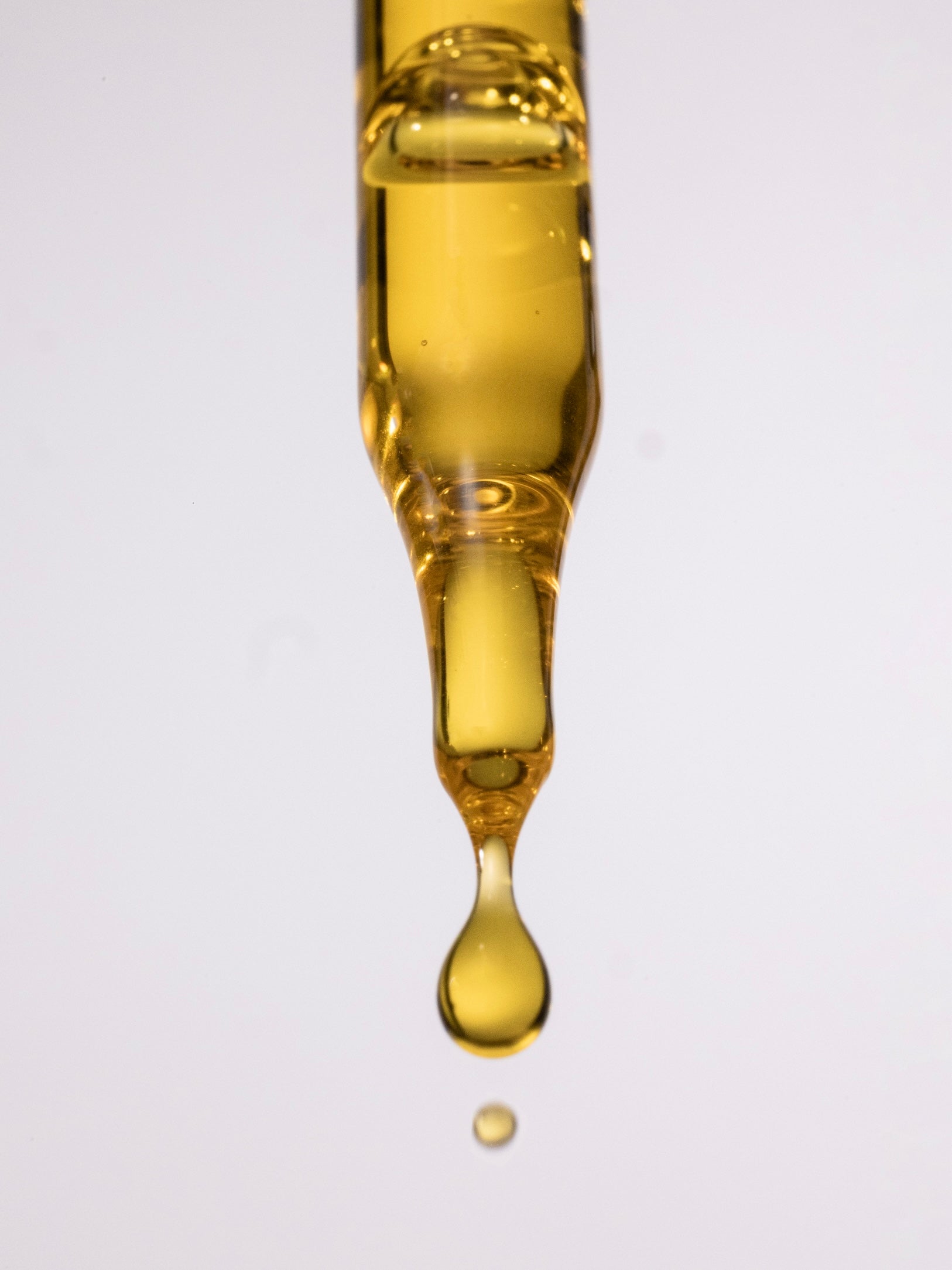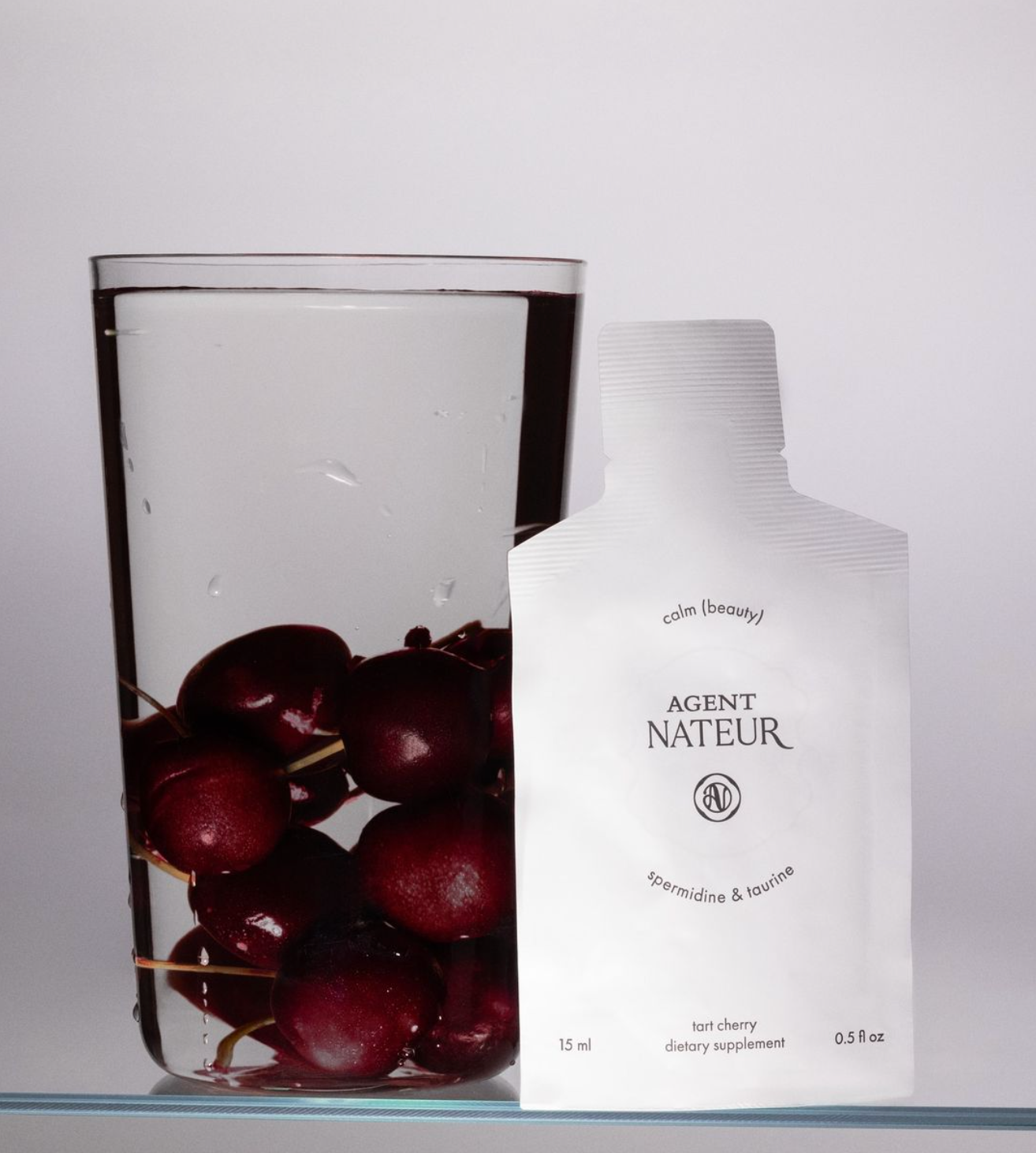Have you ever wondered if we are genetically engineered to digest certain things depending on our blood line?
Does our DNA interact with our diet? Both science and the world of natural medicine is now trying to dig a bit deeper into nutritional genomics and how ancestry built certain genes to either protect or harm depending on centuries worth of exposure, adaptation to environment, and food.
Dairy as an example, in most mammals the gene for lactose tolerance switches off once an animal matures. Humans shared that as well until a mutation in the DNA of an isolated population of Northern Europeans 10,000 years ago introduced a tolerance for dairy. The likelihood that we tolerate dairy well now depends on the degree to which we have a Northern European bloodline, according to studies.
Our bodies are made up of trillions of cells, each containing different genes. Genes are segments of DNA that communicate a particular set of instructions. And the very recent discovery of the MTHFR gene has recently connected the world of diet and DNA. MTHFR is a gene that provides the body with instructions for making a certain enzyme called methylenetetrahydrofolate reductase. When there is an MTHFR gene mutation, this may change the way the body metabolizes and converts nutrients from food into active vitamins, minerals, and proteins the body is able to use.
Because the studies are so young, lets travel the world of genes and see what science has discovered thus far:
Central America: Mexico was the highest likely to carry MTHFR mutation and is more in need of foods high in folate according to a study done in 2003 on genotype analysis. Foods high in folate such as legumes, asparagus, broccoli and brussel sprouts (DIM) respond well in improvement of health when it comes to this mutation. As well as the addition of a B complex to help correct. One study done by the national cancer institute showed Mexican women consuming a U.S. diet high in processed foods, refined carbs and sugars lead to metabolic and/or inflammatory response placing them at a higher risk of metabolic diseases such as obesity, insulin resistance and breast cancer. When going back to the traditional Mexican diet consumed by their ancestors, all of the health problems listed decreased drastically. Mexicans with Pima Indian ancestry did very well with a diet rich in beans, seeds and whole grains.
Europe: A study by UC Berkeley showed that people from southern Europe regions are optimized for a high-plant based diet. But people from other areas, such as Greenland have a biochemistry that is better able to process lots of meat fat and lactose. Western Europe was high in lactose intolerance (France, Germany). Polish & Greeks showed a tolerance for low lactose foods. All ancestry connected to the coasts of Europe should have a diet higher in fish as it is tolerated best. MTHFR mutations were higher in Southern Italians (introduce diet higher in folate and B complex to correct) whereas northeastern France was lowest. A Mediterranean diet showed positive health results for most all ancestry from coast lands in Europe.
Africa: showed to be a low starch society that did well with lower carbs and additions of fruits, rice, sweet potatoes & root veggies. Low lactose tolerance, diet void of dairy was best. Lowest cases of MTHFR mutation was Africa in general was a low MTHFR mutation country. The diet showed best based on whole plant foods such as fruits, vegetables, especially leafy greens, beans of all kinds, nuts and healthy oils.
Asia: MTHFR mutations were high in northern China and lower in southern. Japanese people showed a high starch forager genome which did well with diets high in carbohydrates and veggies. In Asia everyone but the Mongolians, the central Asian steppe peoples, and the inhabitants of the Indian subcontinent are entirely intolerant of lactose and dairy. A study documented by the Journal of nutrition showed women (living only in Asia) had a higher tolerance of Soy genistein (a chemical in soy, which attaches to estrogen receptors and starts regulating genes) due to different lifestyle and diet factors versus those living in the U.S which still had high occurrences of estrogen fueled cancers such as breast.
United States: The American diet high in animal fat, processed foods and refined sugars all showed highest in disease, genetic disorders, MTHFR mutations and cancers in most all studies done. Risk of developing diseases is thought to be caused by genetic susceptibility differences among ancestry to the effect of the modern Western diet in the cause of insulin resistance. Only when ancestors genetics were identified and diet changes made did all studies show signs of drastic improvement.
Some of the healing traditional diets and foods depending on countries include:
-
China traditionally eats for each organ that is tied to an element and a taste for the “Yin & Yang”. (bitter tied to the heart & fire, sweet: spleen & earth, sour: liver & wood, spicy: lungs & metal, salty: kidneys & water). A diet high in green tea, white rice, meat & fish in moderation. No dairy. Fermented soup with most all meals, vegetables are main course, medicinal herbs daily. Fruits daily consumed, lychee, mangosteen, kumquats, dragonfruit & pomelo.
-
Japan’s diet includes soybeans in the form of tofu, fermented foods, miso, large portions of land and sea vegetables, persimmons, Fuji apples for breakfast & matcha daily. Okinawa, which is a “blue zone” (longevity) consume a diet high in veggies, mandarin, persimmons, beans & sweet potatoes. Low in fish, meat & eggs with the regular consumption of bitter melon, mugwort, ginger, wasabi (real) shiitake & turmeric.
-
Korea’s diet is composed of mostly veggies & fermented foods, moderate legumes & fish, low red meat. Kimchi, rice, ginger, grapes, pears, durian, lychee, garlic, pepper & medical herbs consumed daily. Very low in dairy.
-
Turkey is known for their rich foods, however traditional diet consists of daily soup containing lentils & yogurt, low meat and dairy consumption. Higher meat consumption is in southwest population only. Turkish tea served with dried fruits & nuts. Pomegranate, figs, dates, cucumber, olives, mint & lemon tea, oregano tea, rose water, bitter melon & chickpeas are much consumed daily.
-
Syria traditionally consumes a diet heavy in veggies such as zucchini, eggplant, mint, garlic, and turnips. Daily consumption of sesame seeds, dates, lentils, figs, fava beans, pistachio, tamarind & honey. Low meat & dairy consumption of mostly sheep & lamb. A spice mixture containing healing clove, cardamom, cumin & cinnamon is heavily utilized.
-
Iran’s diet is heavily influenced by Europe, the Far East and Africa. The red meat of choice is lamb while the coasts consumption was heavy in fish. Daily consumption of pistachios, almonds, walnuts, fruits, pomegranates, quince, apricots, figs, prunes, dates, herbs, spices, mint, parsley, saffron, sour cherries, cinnamon & rosewater. Raw milk cheeses & fermented dairy products of sheep & goat. Rice, soups & hearty stews are consumed all year. Seafood on north & south coast is moderately high.
-
Germany is a large consumer of baked bread such as pumpernickel. Lunch is the largest meal consisting heavily of meat and wild game accompanied by potato and veggies. Sausage, soups and stews are consumed daily, while garlic is avoided. White asparagus, apples, pears, bananas, mustard, pickled veggies, beans and eggs are are found to be high in the diet.
-
Greece’s Mediterranean diet (found to be the lowest in heart disease & digestive issues) consists of seafood, yogurt, olives, potatoes and seasonal veggies. Crete and Ikaria being “blue zone” (longevity) diet consists heavily of what their lands produce. Olives, olive oil, Honey, nuts, dried fruits, goat milk, red wine, dark leafy greens, beans & yogurt. Very low use of clean red meat, eggs, fish, dairy & poultry. Diet Heavy in fruits such as apricots, grapes, figs, nectarines, plums and peaches. Herbs are used daily such as wild sage, oregano, rosemary, chamomile, dandelion & marjoram. Most everything is locally sourced, farmed & grown. Garlic, lemon, oregano, mint & wormwood often accompany meals. Wine is served with most meals, seafood is fresh caught and consumed often.
-
Italy traditionally features lots of fresh foods. The diet's core clings to the consumption of fruit, vegetables, tomatoes, potatoes, bread, pasta, rice, beans & nuts. Fish is preferred to meat. Olive oil is the main fat consumed. Meat, eggs, and dairy products in small amounts. Olives, eggplant, parsley, prickly pears, lemon, basil, fennel, raspberry, cherries, apricots, and oranges consumed often. Wine, garlic, olive oil included in most meals. Low in processed foods.
-
South America consists of fresh fruits and veggies, corn, rice, beans, cassavas, greens, avocado, cilantro, cocoa. Meat and cheese are usually heavily eaten in Brazil, Argentina, Chile, Bolivia, Uruguay, & Paraguay. Quinoa, hot chilies, peppers. Peru consumes mostly potatoes, goat, young pig and corn. Mexico is low meat and high in root veggies, watermelon, mango, pineapple, chilies, cactus, avocados, cilantro, corn and lime daily. Most all of South America consumes tropical fruits: soursop, mangosteen, pineapple, lychee, banana, cherimoya & coconut. Costa Rica is a “blue zone” (longevity) with a diet high in plantains, eggs, beans, rice, seafood and fruits such as: passion fruit, guava, rambutan, soursop, mango, star fruit and dragonfruit consumed daily. Low meat consumption.
-
India consists of a wide variety of aromatic herbs and spices, plant foods, lentils and fruits. The traditional Indian diet supports immunity, inflammation and brain function. A diet high in spices and herbs such as healing Turmeric, black pepper, cumin, cardamom, coriander, fenugreek, ginger, star anise, nigella seeds, curry leaves, onion, garlic, tamarind, holy basil and neem are very often integrated in every meal. Also High in grains and carbohydrates such as mungbean, chickpea, lentil, rice and wheat. Low in meat consumption such as lamb, chicken and goat, but high in dairy such as paneer and ghee. Black salt, Pink salt and Rock salt are added to dishes. Pickles and chutneys provide probiotics and accompany every meal. They also consume a diet high in healing fruits such as mangosteen, mangos, persimmons, langsat, guava, apricot, lychee and pomegranate. Apricot seeds (b17, cancer fighter) are often consumed daily with dried apricots, currants, dates and figs. After meal digestive aid consisting of fennel seed, coconut, sesame and anise seed called Mukhwas are common
Of course let’s not forget the many factors that play a role in the way we are reacting to what we eat. Thousands of DNA alterations take place in human cells daily, lifestyle is a major mediating factor in this equation. DNA damage may be accelerated by oxidative stressors such cigarettes, environmental exposures, heavy metals, virus, bacteria, processed foods, stress factors and a high-fat diets. There are many different approaches to diet and the way health is reacting to food, this may be just another approach to improving health. As science, DNA and genetics all scramble to figure out how it plays a role in general health, I myself will continue to reference the words of Hippocrates, the father of medicine... ”Let food be thy medicine and medicine be thy food.”
***THESE STATEMENTS HAVE NOT BEEN APPROVED OR REGULATED BY THE FDA. WE ARE NOT DOCTORS, THEREFORE ALWAYS CONSULT WITH YOUR DOCTOR FIRST.








